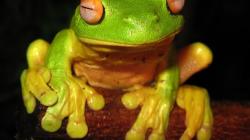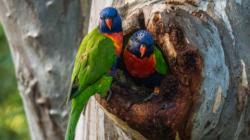Schoolyard safari addresses the AC Science Understandings ACSSU017 Living things have a variety of external features, and ACSSU211 Living things live in different places where their needs are met, in the context of exploring and investigating habitats found in the schoolyard.
Explore our new sequences for Year 1 aligned to AC V9
Schoolyard safari provides students with hands-on opportunities to:
- observing the features and behaviour of small animals such as earthworms, snails and ants
- develop a better understanding of how adaptations help animals survive in their habitats
- identify similarities and differences between small animals
Students apply their new learning by:
- planning and conducting an investigation to collect data that will encourage students to make links between the types of habitats and the features of the animals that are found there, and how that contributes to meeting animals’ needs.
Linking science with literacy
In the Primary Connections approach, students are supported to create representations that draw on and strengthen their literacy development. In Schoolyard safari, students represent and explain their understanding about how living things have a variety of external features and live in different places where their needs are met, by creating these representations:
- Factual text
- Data table
- Graph
- Ideas map
- Labelled diagram
- Map
- Role-play
- Word wall
This is a classic Primary Connections sequence aligned with the Australian Curriculum V8.4. It is only available as a downloadable package.
The Schoolyard safari sequence package includes all the resources you need to teach this sequence, including:
- The Schoolyard safari unit PDF
- Equipment list
- Australian Curriculum v8.4 alignment
- Student eResource sheets
- Assessment resources:
- Assessment rubrics
- Work samples
- Student self-assessment
- Achievement standard class checklist
Teacher tools
Our new all-online sequences Finding features and Survive and thrive share curriculum content descriptors with this sequence. Finding features and Survive and thrive are aligned to the Australian Curriculum V9 and contain embedded professional learning and supplementary teacher advice.
Finding features
Students use their senses to explore the external features of plants and animals, and learn how to group plants and animals with similar characteristics. They apply this knowledge to design and make a digital or physical scientific model of a plant or animal.
Survive and thrive
Students learn about the basic needs of plants and animals including humans. They apply this knowledge to design and build a physical or digital diorama of a plant or animal habitat.


